The Ju/wa(the “/” is a click with the tip of the tongue) hunters introduced me to tracking, in likely the same way how they were taught to track game across the Kalahari. Not through the rigid rote of the Western education systems that I was funneled through. The way they taught me, was relaxed, conversational, through stories by the light of fires, through pranks they played, through casual context of the living moment. The knowledge I was privileged to absorb in Namibia I liked to believe was the way these great men and women became proficient hunter-gatherers. I can only imagine the distant lineage of knowledge, grandparent to child, the painful struggles long forgotten, but lessons held dearly to the level of myth and law, before it was given to me.
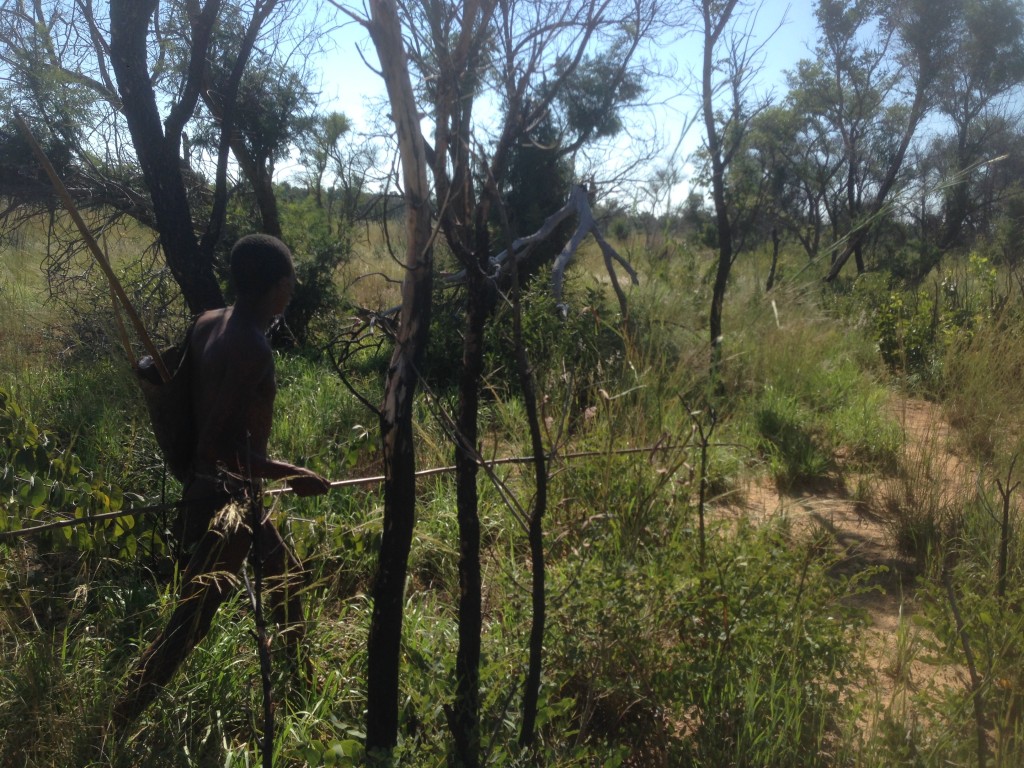
The Ju/wasi hunters move incredibly fast through the Namibian bushveld. About 3-4mph off trail, barefoot or wearing rawhide sandals. They are able to follow animal spoor(sign) moving this fast. They movie slower at a crouch when they are approaching shooting range.
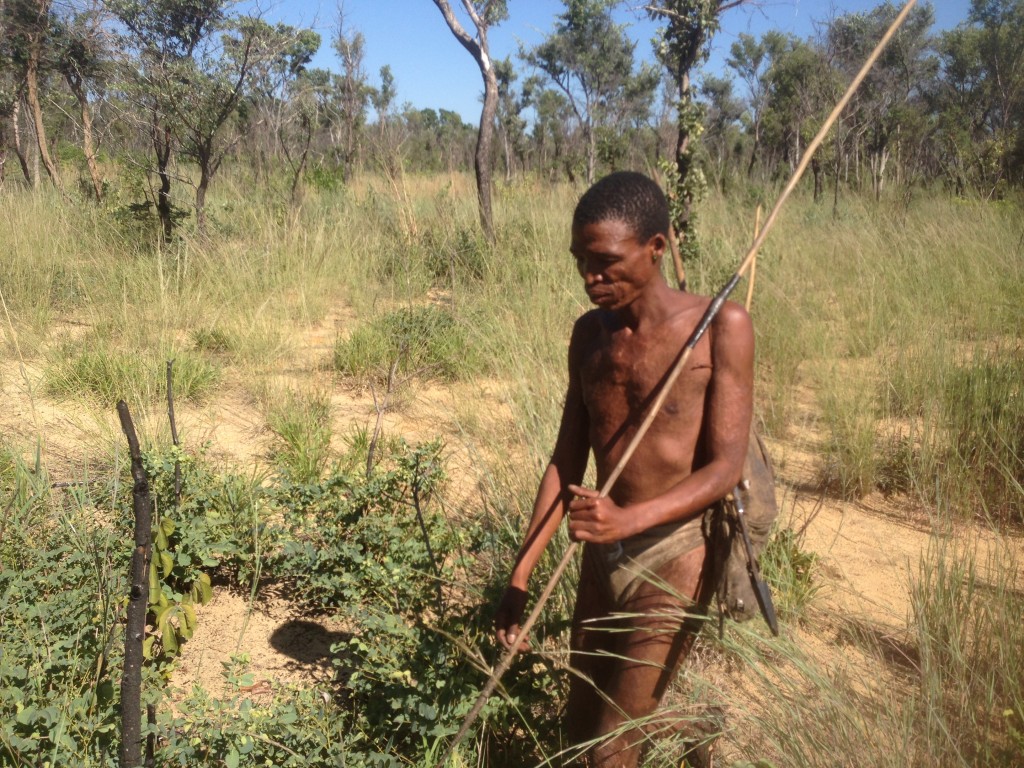
As they walk they look about 10 yards in front watching for game trails and new spoor to follow. The bushmen walk single file when they are traveling far, but when they are tracking they often walk a line abreast, 10 yards or so apart.
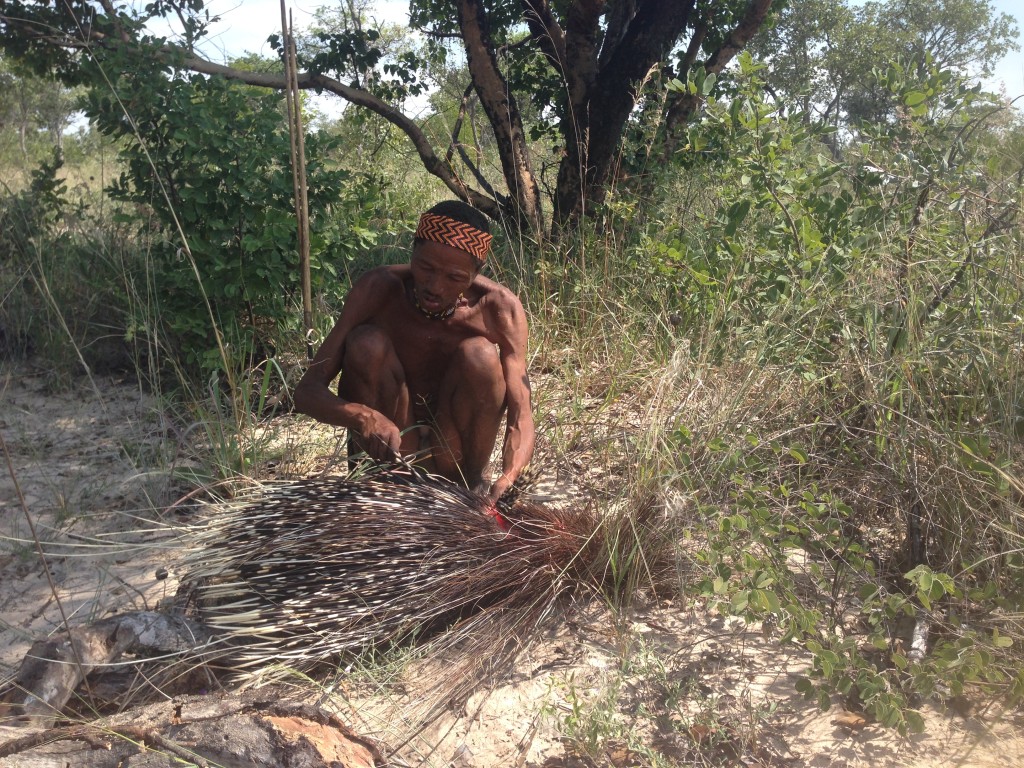
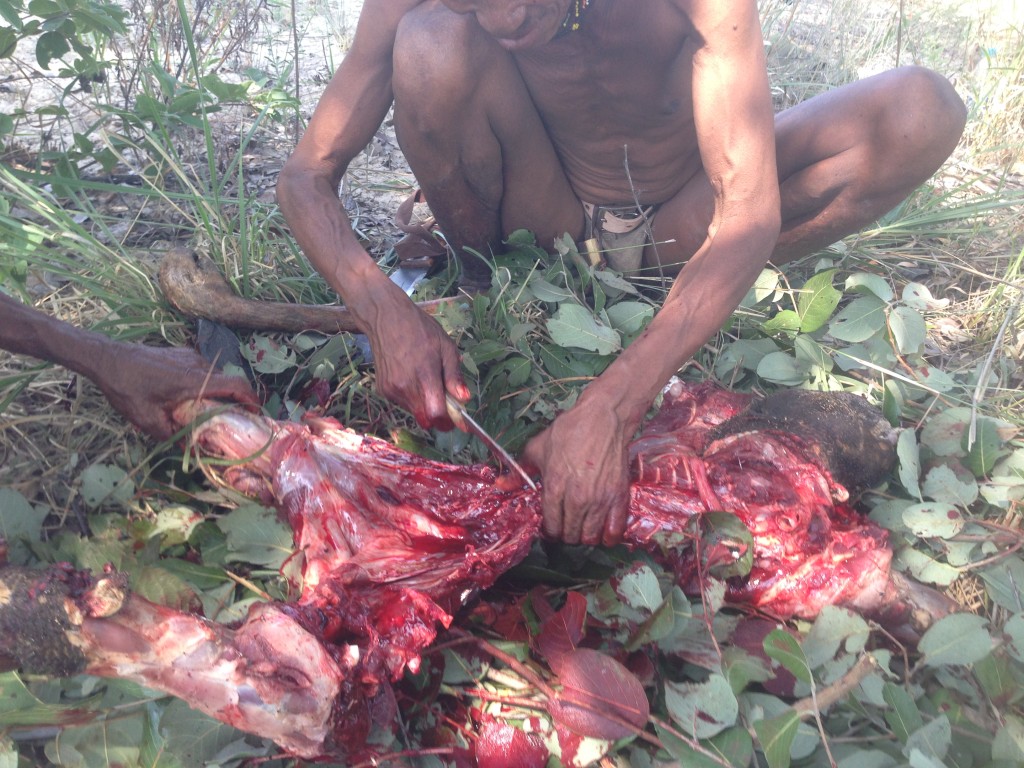
When the kill is made the bushmen dequill the porcupine by hand before throwing it onto the fire to scald off the rest.
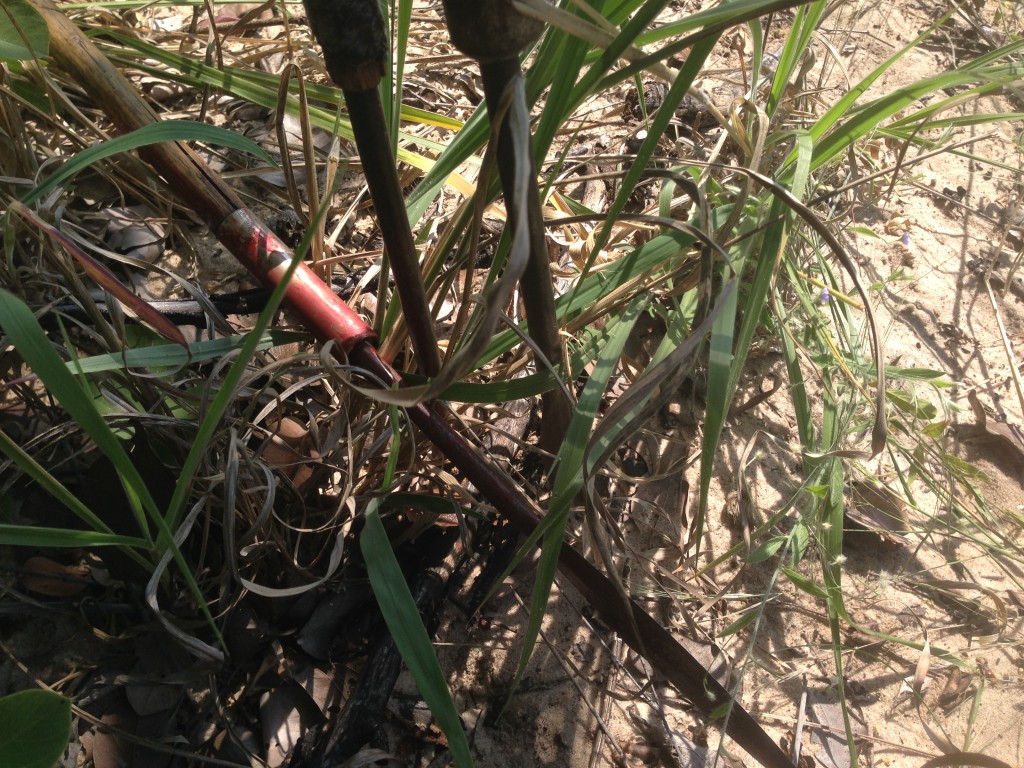
The hunter’s spears are simple, wind mill steel bars forced than pitch glued onto the straightish limb of rasin bush. They use the tips of the spears to dig and pry, and because of this the blade is fairly dull. I was surprised with what strength they had to fully drive the weapons through a thick hided creature as an /tum(porcupine).
The bushmen quarter the meat quickly, all the liver, heart, sweet meats, are eaten at the site of the kill. The fatty skin, like chicarrones, are eaten in the field. The quills are collected and brought back for art work and bead making.
The rest of the quarters of lean meat are brought back to the village.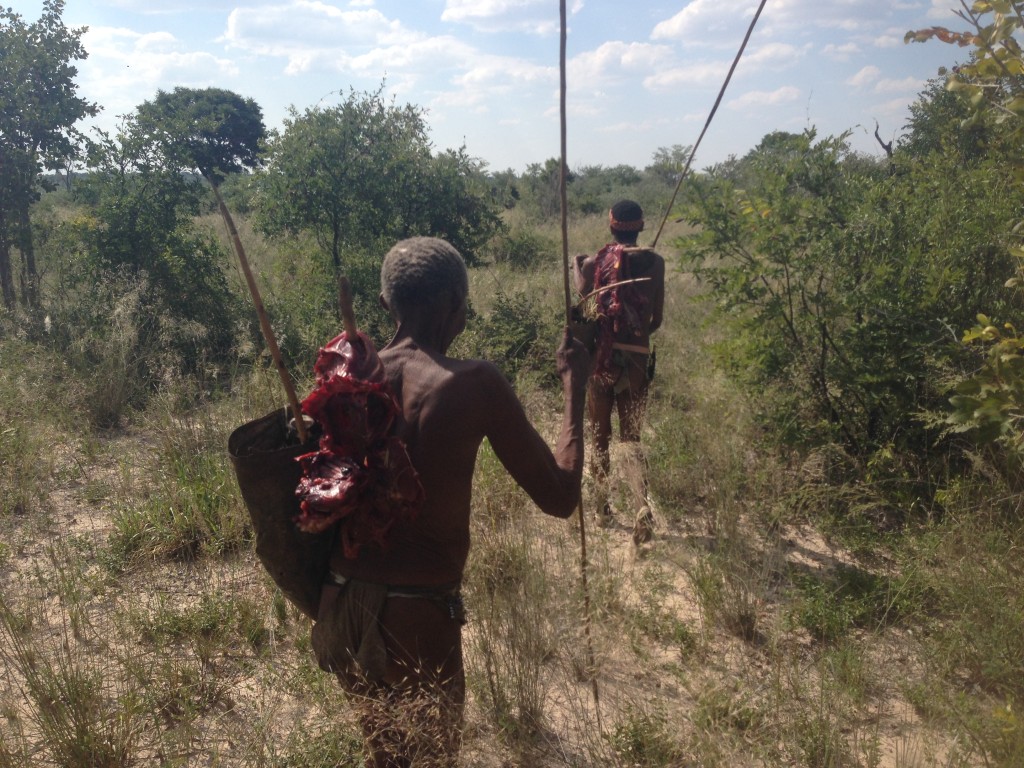
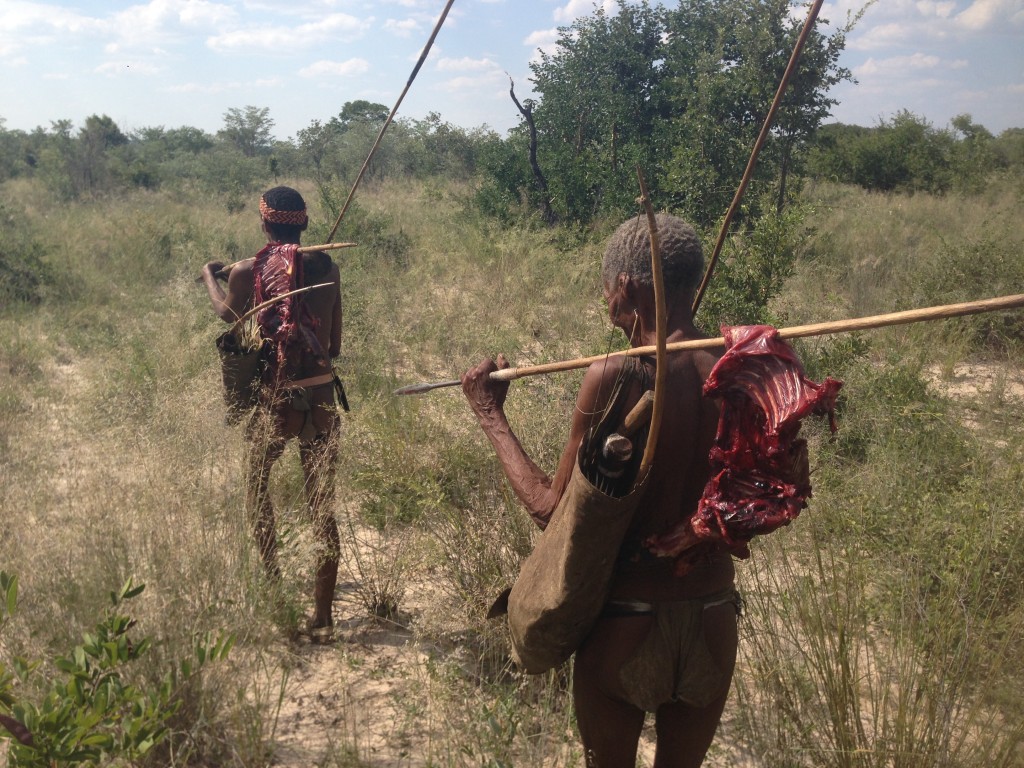
This picture always amazes me. This man was born raised and has thrived on a true “paleo diet”(not the fat and red meat diet gyms try to sell). Every muscle in his body is tough rope and is honed to continue to feed himself and his family, in the hunter gatherer style.
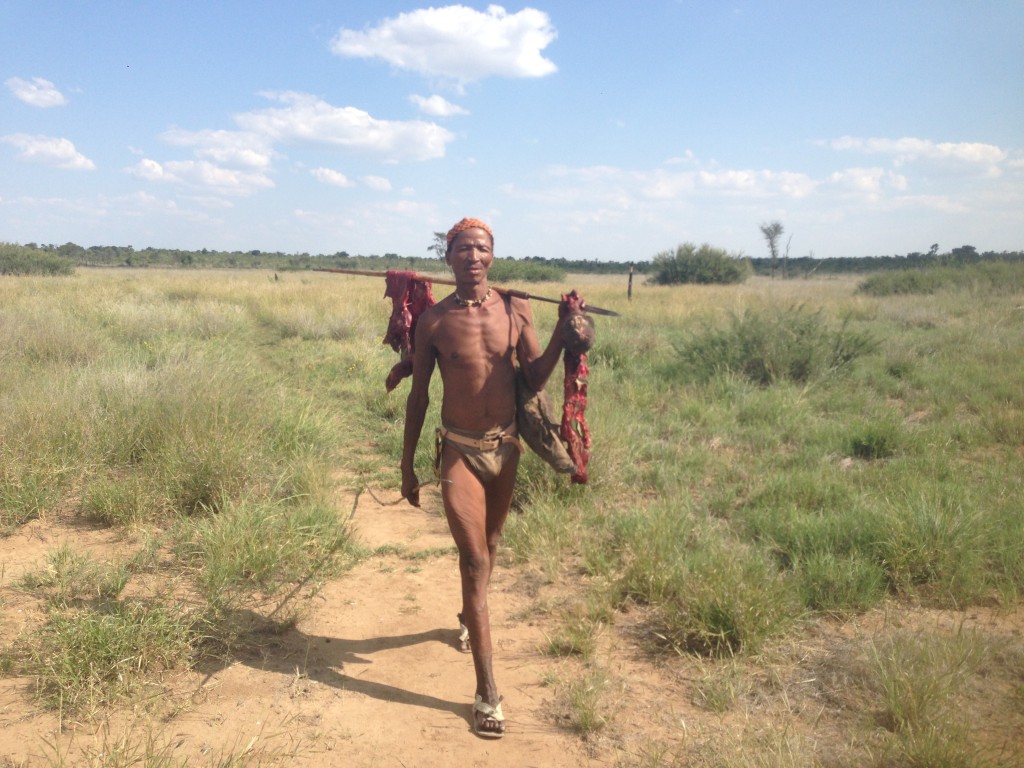
There is so much more to tell of what I observed beyond what I can fit into an easy reading blog post. There are more post to come, email me, lets talk about this and more about Namibia.
-Don
Bibliography
The book that introduced me to the Bushmen hunting style better than any I’ve found was Louis Lindberg’s The Art of Tracking: The Origin of Science
Linberg is South African biologist, who went to study the hunting and life style of the Namibian and Botswanan Bushmen. He accurately accounts their tracking techniques, methods, tools, and how all of this relates to the modern man. It is a must read to learn about primitive survival in the Kalahari. His book is available for free on the Amazon and elsewhere on the internet.

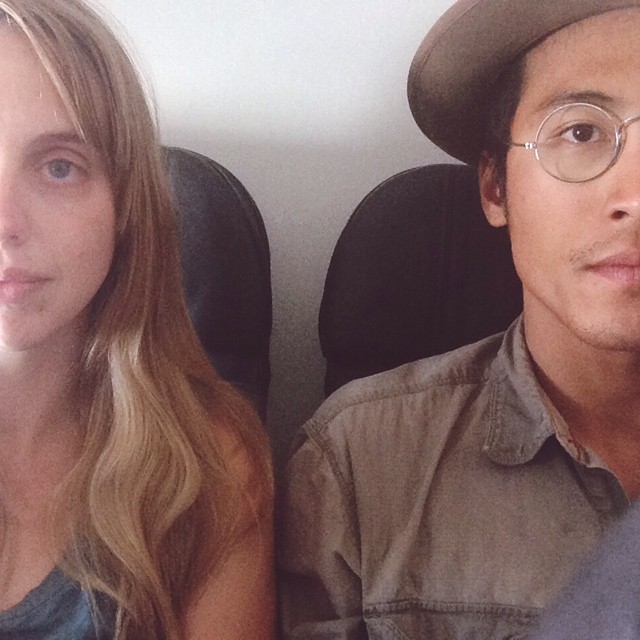


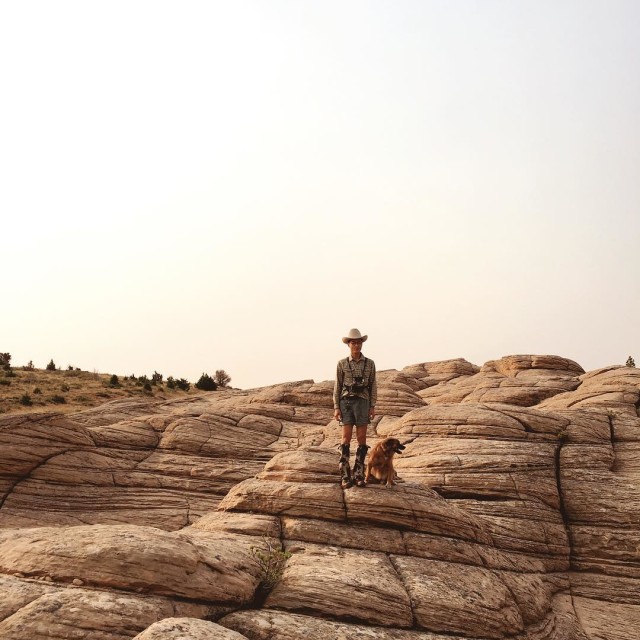
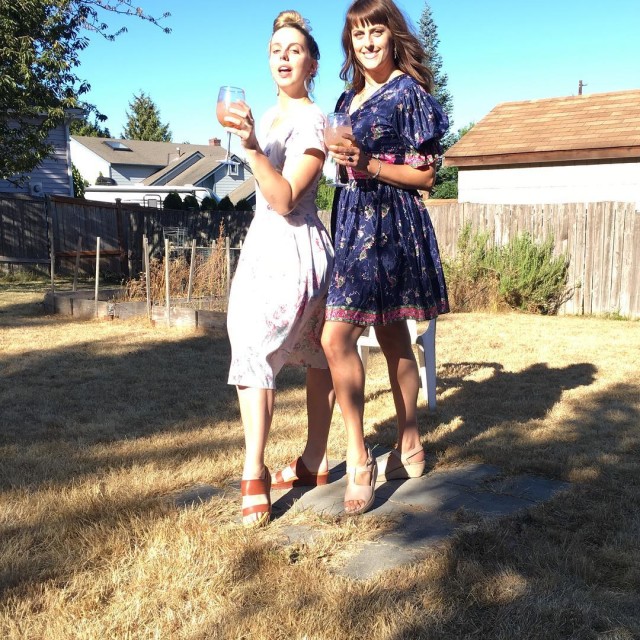
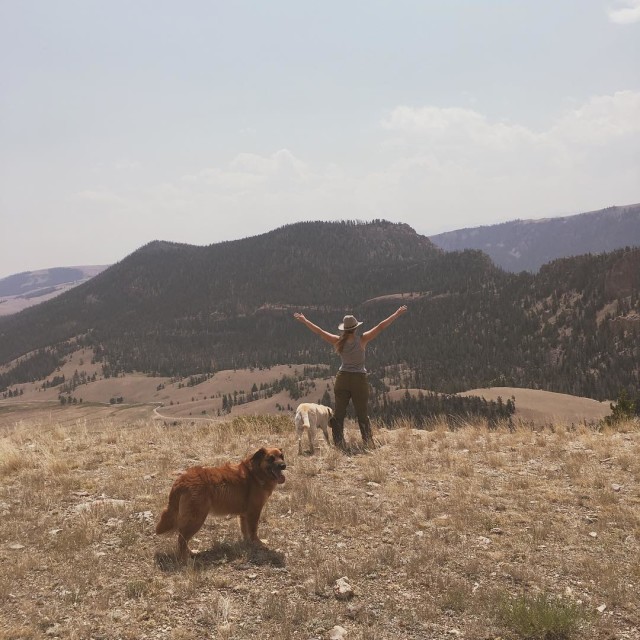
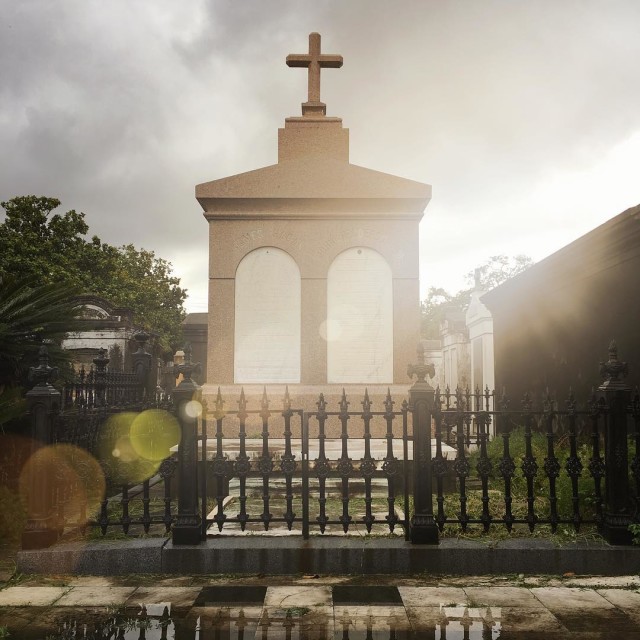

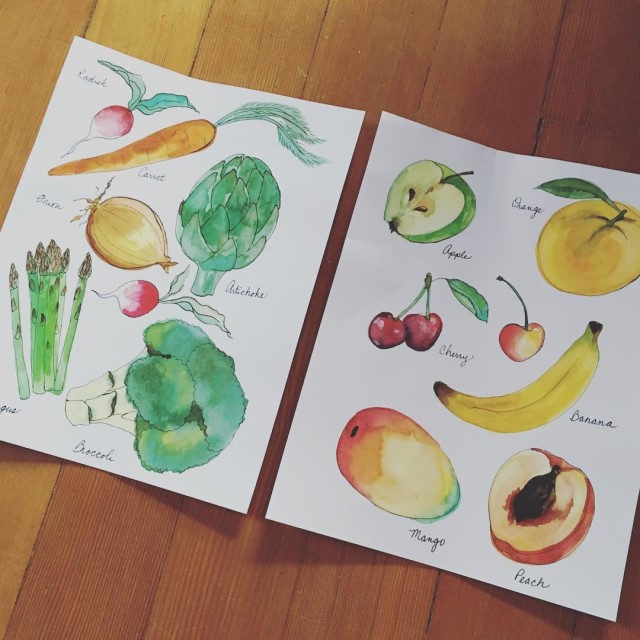

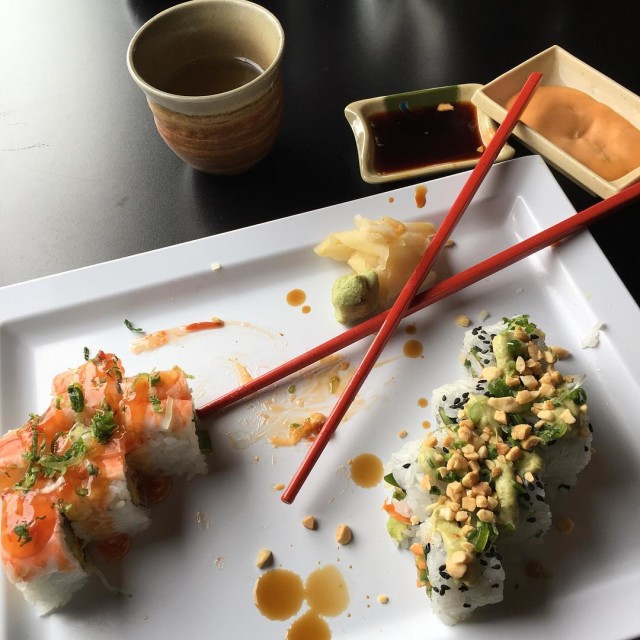
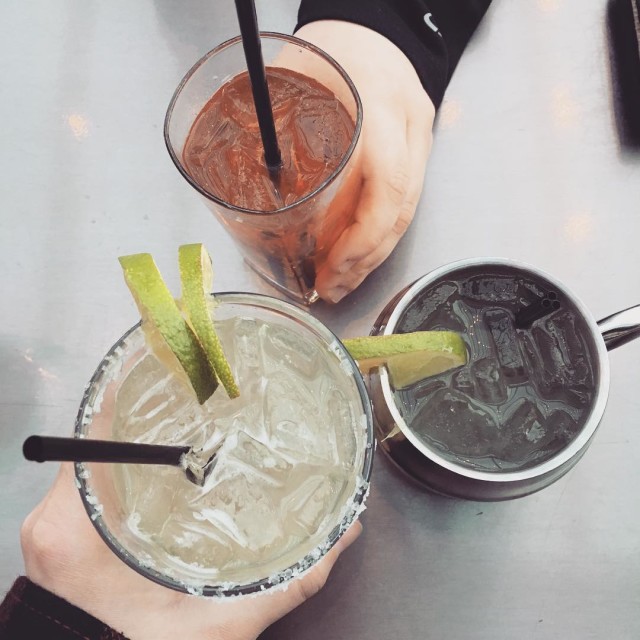
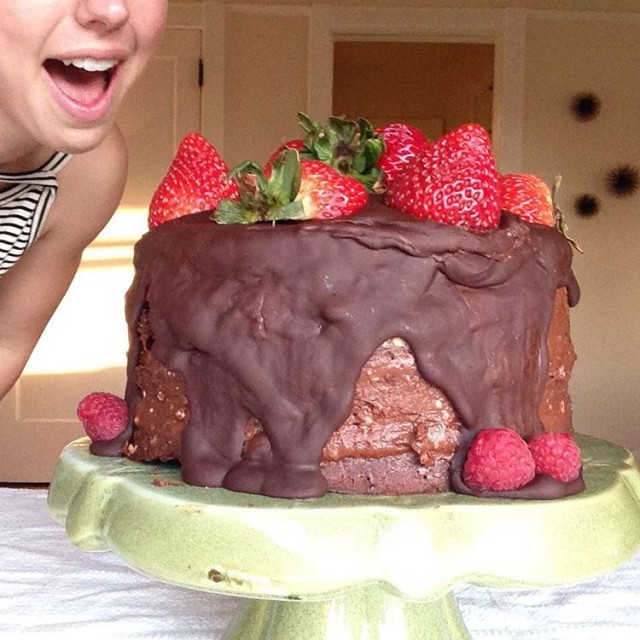


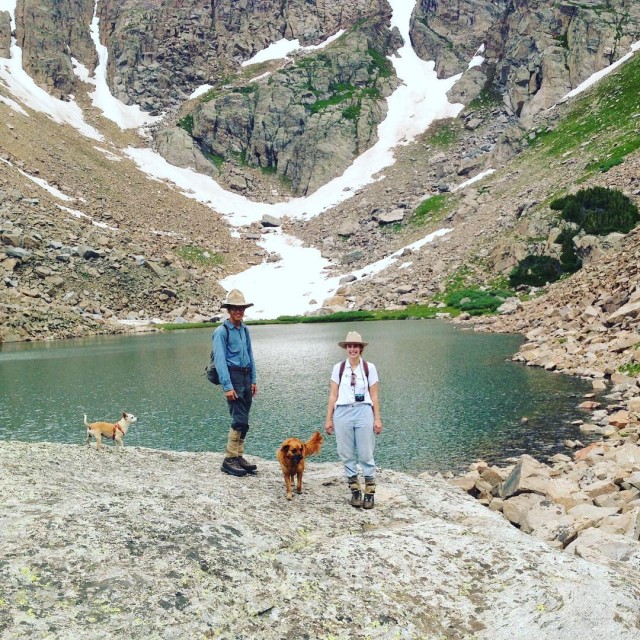
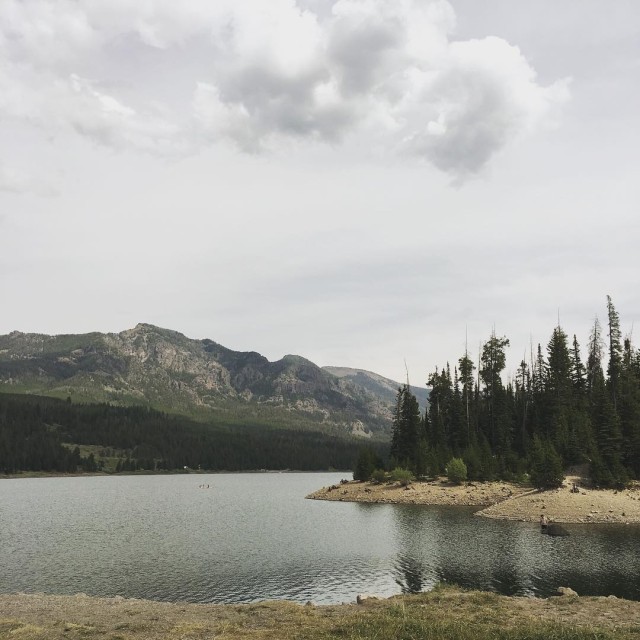
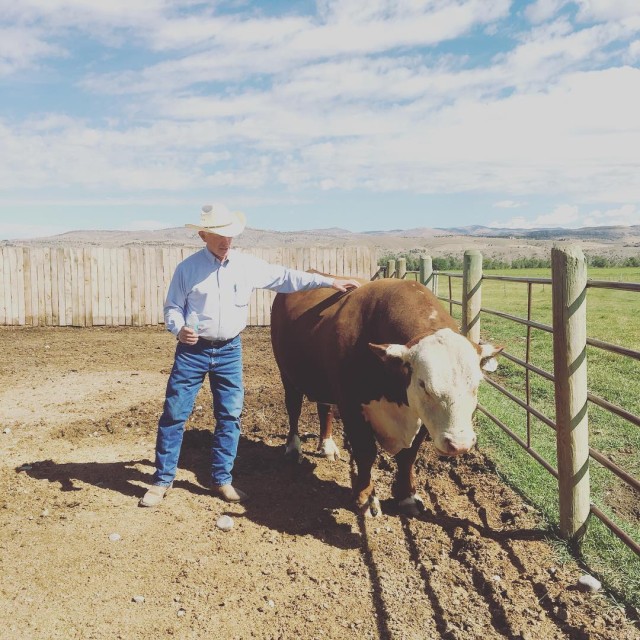
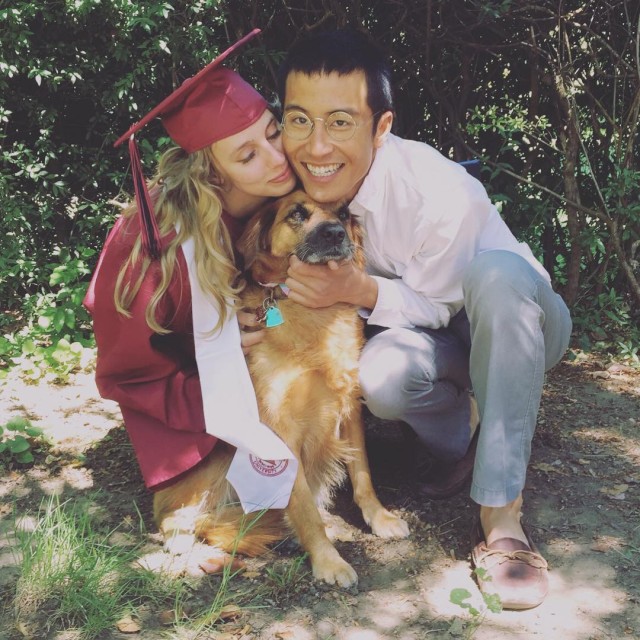
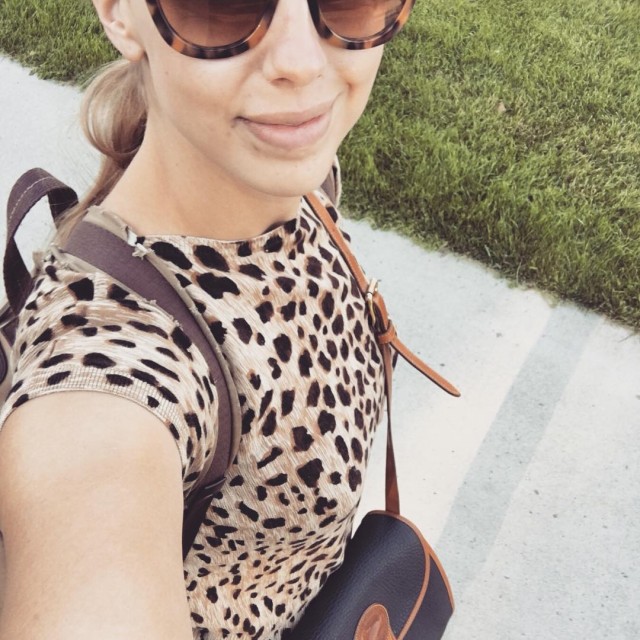

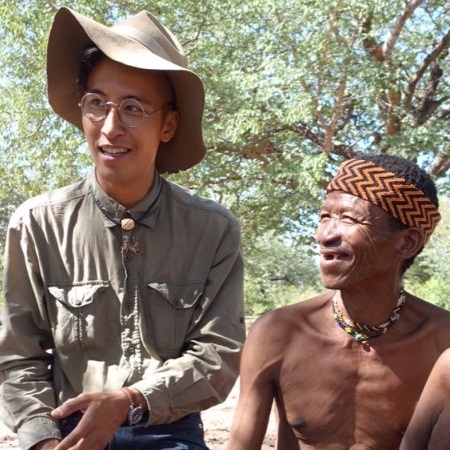
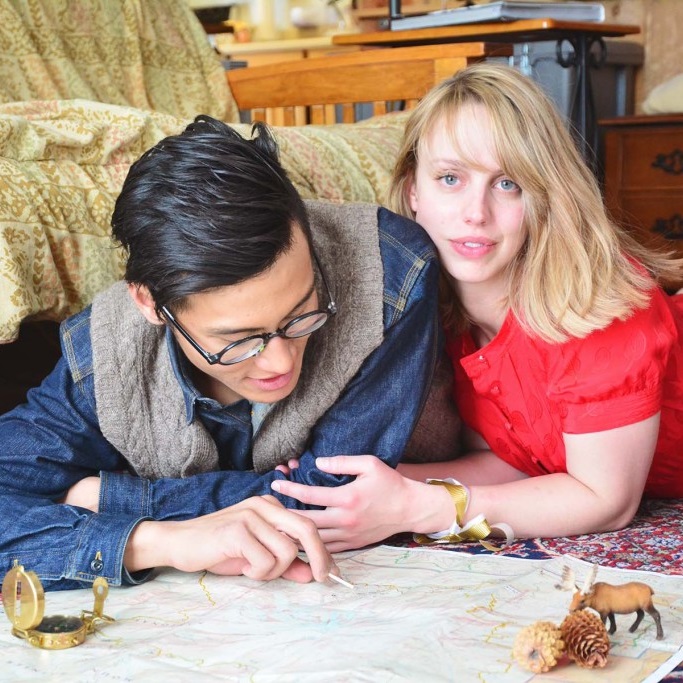
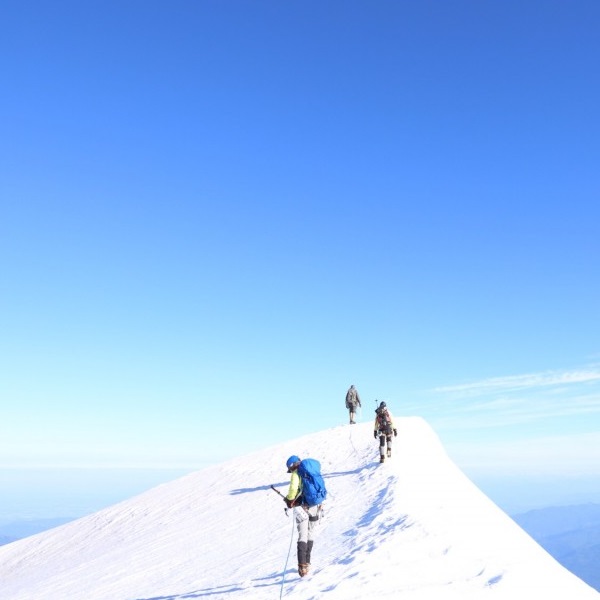
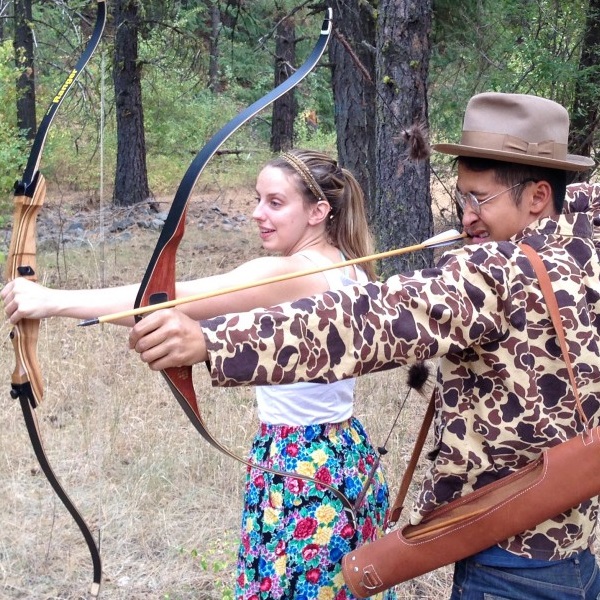
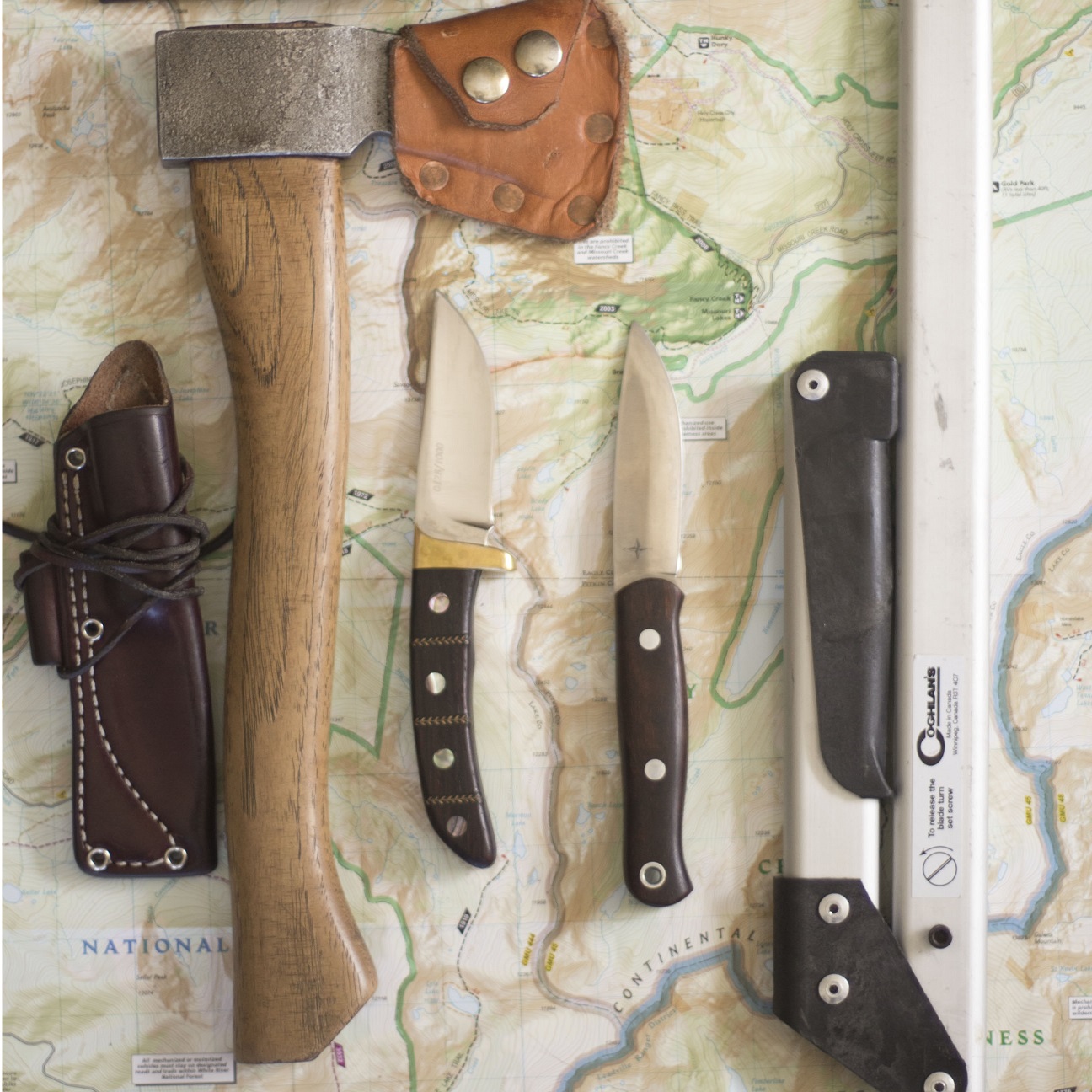
This is awesome, Don. Thank you so much for your thoughtful blog. I love it! Do you have any pictures of the quill art?
Actually I did bring back a few necklaces! I’ll see if I can photograph some of them next and talk about the natural materials that went into making them.
Bro i just saw you tonight on naked and afraid and saw your site awesome and great document and blogs have do you travel your the best bro and have heart from head to toe America is LUCKY to have you and your family